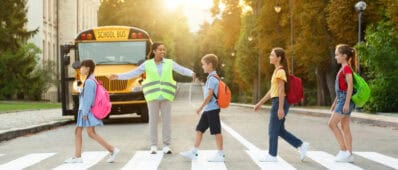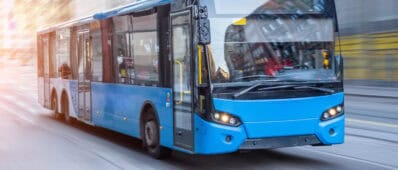Abstract
Homelessness has become an increasingly major challenge in the U.S. in recent decades. Of the half million unhoused people in the U.S., many seek shelter in settings under the auspices of state departments of transportation (DOTs), including freeway rights-of-way, under- and overpasses, rest areas, parking lots, maintenance facilities, and DOT-managed urban streets and sidewalks. State DOTs must adapt and implement measures from policy realms outside of transportation to address homelessness. Some are already doing so. Their response is critical for the welfare of unhoused denizens but also for ensuring a safe, operational road network.Most DOTs report frequent encampments on their land and encounter operational and legal challenges as a result. On public transit, a comparable transportation setting, those taking shelter tend to be more likely to be chronically unhoused and disadvantaged along other axes than their unhoused peers elsewhere. Freeway environments may offer certain advantages for those seeking shelter, but proximity of encampments and debris to traffic and infrastructure is dangerous to drivers, neighbors, and the unhoused individuals themselves.To investigate the challenges and strategies state DOTs have with regards to homelessness, we reviewed the websites of every state DOT, conducted interviews or received responses from staff at 13 DOTs that are responding to homelessness and/or particularly face it, and interviewed staff at eight relevant nonprofits, service providers, and external stakeholder organizations and partners involved in issues of homelessness.




